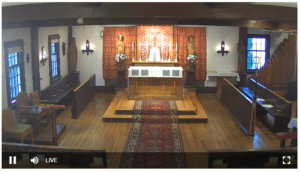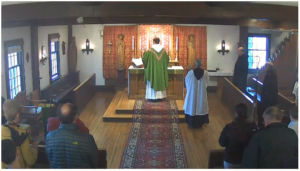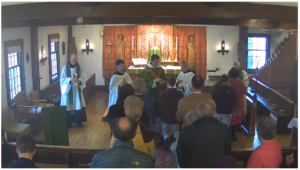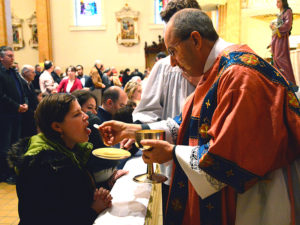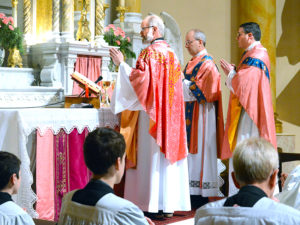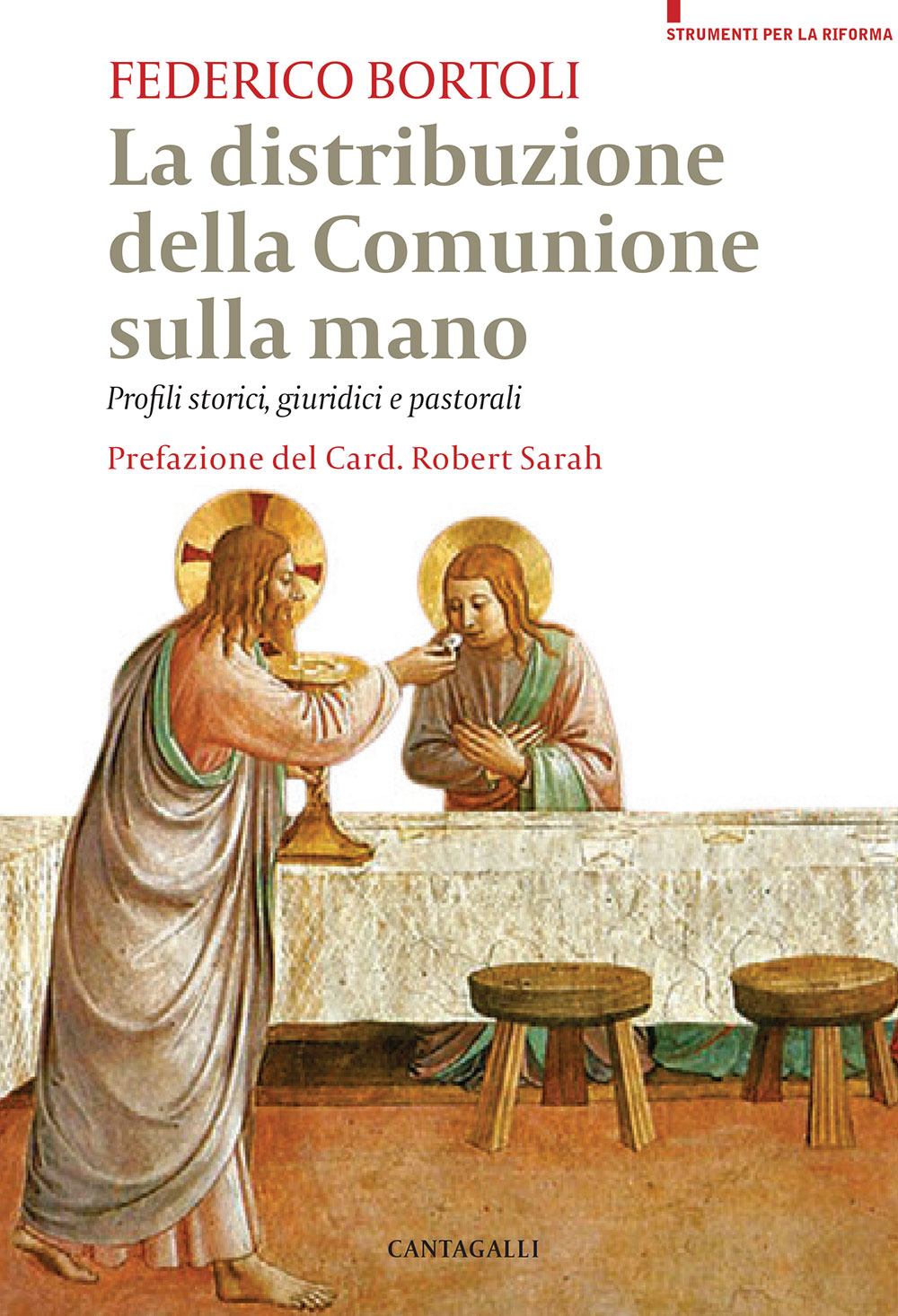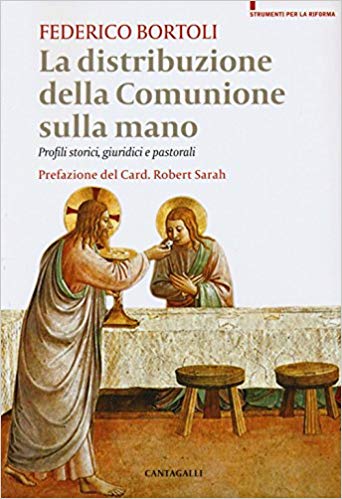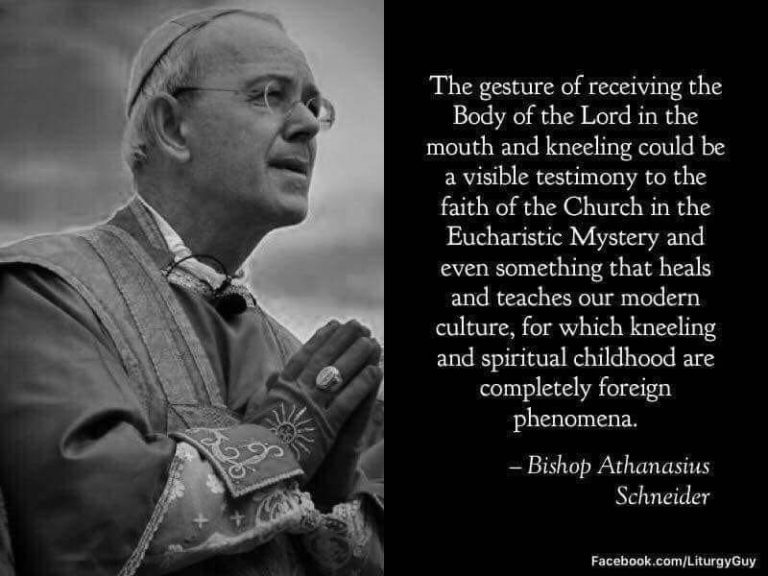252 Still River Road
PO Box 67
Still River, MA 01467
(978) 456-3221
We celebrate Holy Mass and the Divine Office in Latin according to the Novus Ordo. We express our reverence for the Eucharist with Gregorian chant.
Celebriamo la santa Messa in latino secondo il Novus Ordo. Esprimiamo la nostra riverenza per l’Eucaristia con il canto Gregoriano.
Website: https://www.abbey.org/
Email: vocation@abbey.org
LIVE STREAM SCHEDULE
https://www.abbey.org/ora-et-labora/live-stream/
Sunday: Conventual Mass: 11:00 AM
Daily: Conventual Mass: 8:00 AM
Streams will start about 5 minutes before the scheduled local times.
TRASMISSIONE DELLA S. MESSA IN DIRETTA
https://www.abbey.org/ora-et-labora/live-stream/
Domenica: 17:00 ora italiana
Ogni giorno: 14:00 ora italiana
Le trasmissioni cominciano circa 5 minuti prima dell’orario indicato.

